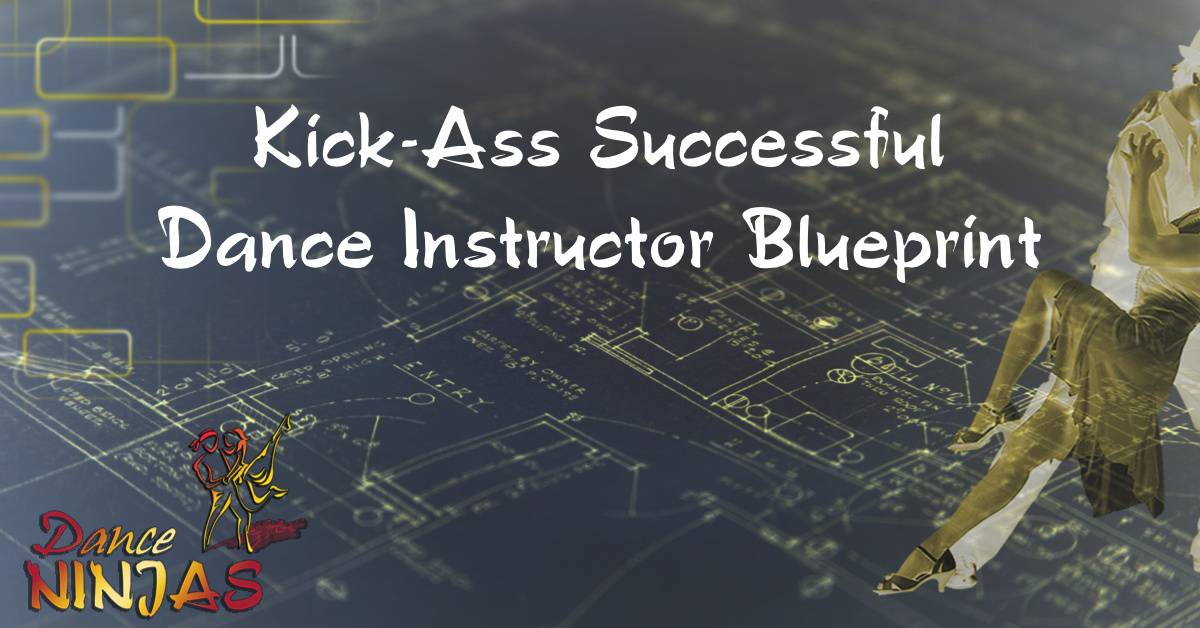Do You Want Free Help
Improving Your Dance Teaching?
We will create Free Tips for the most liked questions/topics below.
1. Enter your teaching questions or topics
you would like help on below.
2. “Like” any other questions/topics that you want us to cover.



How to teach creating a story in a dance?
If you are talking about an actual acted out story, while I’ve done those, I must admit, I’ve never tried to teach that.
My biggest advice with those instances is don’t let the story take away from the dancing. I’ve seen so many decent dance performances that distract from their dancing with a theme that doesn’t make sense or is too confusing to understand. So when people would’ve focused on their awesome dancing, instead they are confused and trying to figure out why you used that prop, or what is this story you are trying to act out as you push each other around and pretend you are angry (as an example). Then they miss all your awesome dancing as they focus on these other things. So if you can’t act well enough that people will understand the story, ditch the story and show us your dancing. One exception to this is if the dancing is actually less clear than the story telling, then using a story can hide the lack of dance skills.
If you are talking about creating a dance that feels like a story but isn’t actually acted out, then I have more to say on this.
My base idea is to give them the idea that every story has a general theme. Then to keep things interesting, the story will switch things up and then come back to the general theme again. For example, a thriller might have moments of comedy and then jump back to the thrills, then add a little comedy again, then back to the thrills, etc.
In dance, we want to do the same thing. We want to build a basic theme, switch things up, then come back to the basic theme, and so on. If you don’t have the basic theme, it can feel jumbled and all over the place. If you don’t switch things up, it can start to feel boring. Providing both is what makes for an interesting story (at a base level).
The great thing is that most dancers already have a basic theme…the basic movements of their dancing. And they have things to switch things up too…the more complex movements of their dancing.
So now it is just about knowing when is the right time to switch things up, and another great thing is the music can tell you that with it’s phrase changes (big and small ones).
So a simple story that would work for most Lindy Hop music, might look like this:
Swing out, Swing out, Swing out…Circle
– the circle was a very small change but a change nonetheless, and usually you want to start with small changes and build to your more dramatic ones
Then you might go to…
Swing out, Swing out, Texas Tommy, Fancy Spin that ends in open position in a different direction
– notice how things came back to the basic and continued that basic again for two and a half 8 counts before the last half of the Texas Tommy and Fancy Spin add another change, and then I added a direction change to mix things up a little more
– adding the Texas Tommy and the direction change is actually probably a little more drastic of a change than is needed for this early in the story (unless you are teaching much more advanced dancers) but I wanted to show you more examples of how to change things up
This is the basic idea of how I teach dancers to create a story and they tend to love it (one of my favorite classes, especially Fusion dancers as they tend to forget to create a basic movement for each song & this opens their eyes to why and how to do it).
Hope that helps!